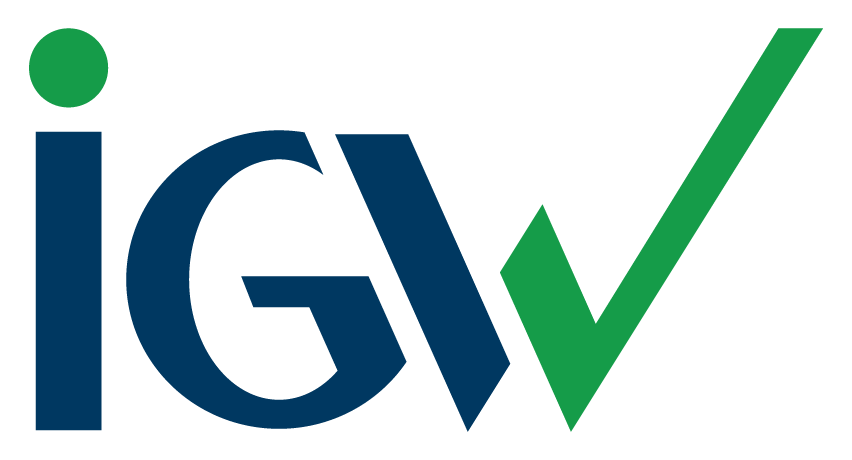Remember The Focus Equation? It’s how leaders define reality and create an environment for optimal contribution.

In Issue 6 we discussed vision: how leaders create a picture of the ultimate destination and magnetize teammates toward that vision. In this issue, I’d like to focus on the brutal assessment of the current state and how the leader makes his or her organization antifragile.
Not robust, not tough, but antifragile.
I’m typically pretty cynical about people who try to invent new words, but Nassim Taleb had me at hello. His book AntiFragile is some of the best sixteen hours and fourteen minutes of an audiobook I’ve ever engaged with, earning its place next to The Effective Executive as worthy of both rereading and detailed study.
Anyway, here is what Taleb means by “antifragile”, as contrasted with “robust” or “tough”:
A fragile organization gets weaker when the outside world gets more volatile and unpredictable. An antifragile organization, by contrast, gets stronger when the outside world gets more volatile and unpredictable. A robust organization protects its downside risk. An antifragile organization benefits from its downside risk.
Leaders certainly must assess risk and protect the organization’s downside. The best leaders do not stop there but rather work to determine how the volatility he or she is working to preempt represents opportunity.
One of my favorite movies is Hellboy (adapted from a wonderful comic series by Mike Mignola). And because we live in a world where reboots of reboots get rebooted, I must clarify that I’m referring to the 2004 Guillermo del Toro-directed Hellboy starring Ron Perlman and Selma Blair.
Hellboy is a half-demon comic book superhero who protects the world from all manner of evil, and along the way regularly gets tossed about and smacked around by dastardly full-on-demons and other-worldly nasties. As the film so perfectly portrays, when Hellboy is about to be walloped by one of said nasties, he tends to utter the phrase, “Aw, crap.”
And then BOOM! A smack from a demon sends him hurtling across the urban landscape, crashing into this or that trash dumpster or abandoned warehouse.
And that is how I tend to think of risk. It’s any event that, if you would open your eyes and see it coming, you’d utter the words, “Aw, crap,” just moments in advance of getting smacked about.
As a leader, part of your job is to get your teammates to open their eyes. To engage in a brutal assessment of your company’s current state. I invite you to implement a simple but powerful process for doing just that.
First determine who on your team best understands your business, markets, and customers. Then, once a quarter get them together and ask the following questions:
- What are we most afraid of in the coming quarter? Year? Five years?
- What events or market shifts, if they happened, would do the most damage to our ability to attract the right customers, serve them to our highest standard, and derive healthy, profitable growth?
You should generate a pretty solid list of potential “Aw, crap” moments for your company.
Now: rate each one according to its impact and probability.
- On a scale of 1 to 5, determine the likelihood that this event will happen (1 means not so likely, 5 means almost a certainty)
- On a scale of 1 to 5, rate how seriously the event would impact our business if it did materialize (1 means not so much, 5 means like a sledgehammer to the more sensitive body parts)
At this point, it should be pretty easy to rank your list of risks. What may or may not be so easy will be to determine not only what to do about the risks your team deems most immediate and potentially disastrous, but also how those risks can be your friend, and how they represent opportunity.
Most often implicit in risk is the demand for:
- A new function in your organization, i.e., a new capability. Ask your team, “What must we get great at to protect against this risk and actualize its potential opportunities?”
- Innovation in your product or service. Ask your team, “How can we better understand our customers’ immediate and future needs?” This is not the time to ask how to improve your product or service, but rather how to build a more profound understanding of customer pain.
- Innovation in your internal processes or technology. Ask your team, “What missing process or technology would, if implemented, radically shift our ability to give our gift to our customers?”
This is the role of leadership. This is the beginning of making your organization antifragile.
Your leadership potential is boundless, and we’re here to support you every step of the way. Schedule a complimentary 15-minute strategy call today to see if our coaching philosophy fits you.
